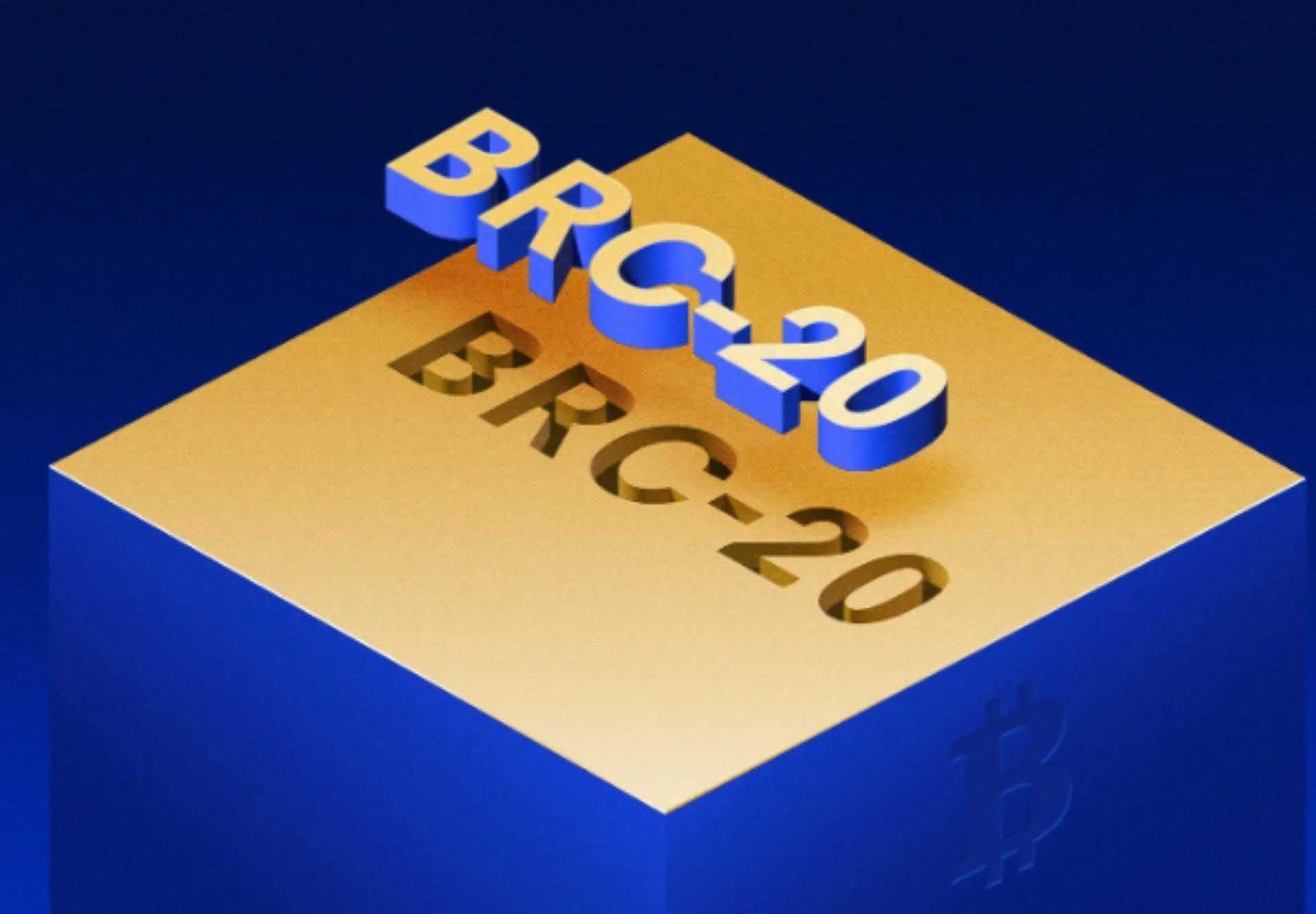Bitcoin, the first and most famous cryptocurrency, has created many standards and protocols to improve its functioning and interoperability. While Ethereum is commonly associated with token standards like ERC-20, Bitcoin has also established its own token standard known as BRC-20. In this blog post, we will delve into Bitcoin’s BRC-20 standard, exploring its purpose, key features, and impact on the ecosystem.
Understanding the BRC-20 Standard
The BRC-20 standard is a token standard for the Bitcoin blockchain, inspired by Ethereum’s ERC-20 standard. It lays out a framework for making and controlling tokens on the Bitcoin network. In addition to representing assets, building dApps, and enabling smart contract functionality on the Bitcoin network, fungible BRC-20 tokens can also be used for a wide variety of additional uses.
Key Features of BRC-20
1. Interoperability: The BRC-20 standard enables seamless interoperability between different applications and platforms built on the Bitcoin blockchain. It allows for the easy exchange and transfer of BRC-20 tokens, fostering a vibrant ecosystem of decentralized exchanges, wallets, and other services.
2. Smart Contract Functionality: BRC-20 tokens can leverage the power of smart contracts on the Bitcoin network. Smart contracts enable programmable functionality, allowing for automated and trustless transactions. BRC-20 tokens can utilize these smart contracts to implement features such as token burning, staking, and token distribution mechanisms.
3. Tokenization of Assets: BRC-20 tokens provide a means to tokenize real-world assets on the Bitcoin network. By representing assets like real estate, stocks, or commodities as BRC-20 tokens, fractional ownership, and efficient transferability can be achieved, unlocking liquidity and accessibility for traditionally illiquid assets.
4. Enhanced Token Standards: BRC-20 is an evolving standard that can incorporate improvements and additional functionalities. Developers can introduce enhancements to the standard, enabling features like atomic swaps, privacy enhancements, and token-specific functionalities.
Impact and Potential Use Cases:
The BRC-20 standard has the potential to revolutionize various sectors and use cases within the Bitcoin ecosystem. Some potential applications include:
1. Decentralized Exchanges (DEXs): BRC-20 tokens can facilitate the development of decentralized exchanges on the Bitcoin network, enabling users to trade tokens directly without the need for intermediaries.
2. Tokenized Assets: BRC-20 tokens can unlock the tokenization of real-world assets, allowing for fractional ownership, easy transferability, and increased liquidity for traditionally illiquid assets.
3. Crowdfunding and ICOs: BRC-20 tokens can be utilized for crowdfunding initiatives and initial coin offerings (ICOs) on the Bitcoin network, providing a more secure and transparent fundraising mechanism.
4. DeFi and DApps: BRC-20 tokens can power decentralized finance (DeFi) applications and decentralized applications (dApps) on the Bitcoin network, offering functionalities such as lending, borrowing, yield farming, and more.
Conclusion
Bitcoin’s BRC-20 standard expands the blockchain’s capabilities, bringing tokenization, smart contract functionality, and interoperability to the network. With its ability to tokenize assets, enhance DeFi capabilities, and facilitate the development of dApps and decentralized exchanges, the BRC-20 standard opens up new possibilities for innovation within the Bitcoin ecosystem. As developers continue to explore and build upon the BRC-20 standard, we can anticipate the emergence of exciting use cases that harness the power of Bitcoin in novel ways.

